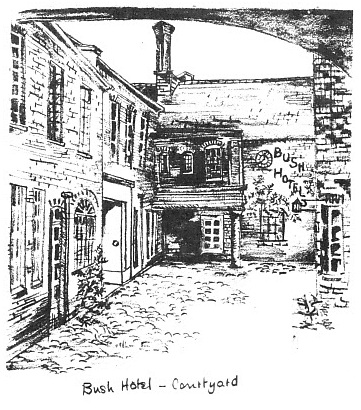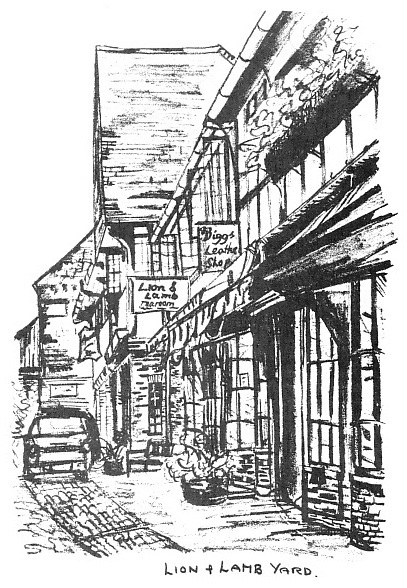

© Blunderbuss 2010-

blunderbuss



Farnham: a brief history
This summary history was written by David Page for the 400 Magazine (1978).
It is rare for a town to remain prosperous throughout its history, but that is the case with Farnham. Most English market towns have grown rich on one product, notably wool, and as the economy has changed they have gone into decline, surviving as timber framed backwaters, charming to the tourist but without life. But if the life of a town is its trade then Farnham has lived vigorously since the Middle Ages.
 Farnham is first recorded early, in 688 when Caedwalla, King of Wessex gave the town and the area around it to the Church. By 803 it was in the hands of the Bishop of Winchester, and for the greater part remained so into the present century. The connection was an important one, for the Bishops of Winchester were among the richest and most influential in the land and their castle at Farnham, started in the 1130s was conveniently placed between London and the cathedral. Most English monarchs for the next seven centuries stayed there: the hunting was good. So was the land; arable and pasture, wood and watermeadows.
Farnham is first recorded early, in 688 when Caedwalla, King of Wessex gave the town and the area around it to the Church. By 803 it was in the hands of the Bishop of Winchester, and for the greater part remained so into the present century. The connection was an important one, for the Bishops of Winchester were among the richest and most influential in the land and their castle at Farnham, started in the 1130s was conveniently placed between London and the cathedral. Most English monarchs for the next seven centuries stayed there: the hunting was good. So was the land; arable and pasture, wood and watermeadows.
Inevitably the castle brought a market, held under the protection of its wall, at the foot of Castle Street, and as it grew the bishop delegated his rights to regulate trade and collect the rents to the citizens. The town never quite made it as a borough -
From the manorial market developed the cloth market -
As the cloth market declined, so the wheat market grew. London was voracious; the population doubled to over half a million during the seventeenth century. Daniel Defoe considered Farnham to be the greatest market for wheat in England, and the reason why, for almost a century, the wheat waggons came through the town, was the ill-
 Such artificial conditions could not last and did not, but hops supplied the want. Of no use except in giving a bitter flavour to beer-
Such artificial conditions could not last and did not, but hops supplied the want. Of no use except in giving a bitter flavour to beer-
Farnham became a suitable retreat for those who wished to live near the country and yet needed to be able to travel to London a few times a week to keep an eye on their businesses. The grand houses south of Great Austins survive to bear witness to them. By the 1930s trains were faster and more frequent, daily commuting became a possibility and Farnham found yet another way to prosperity -
D.P.